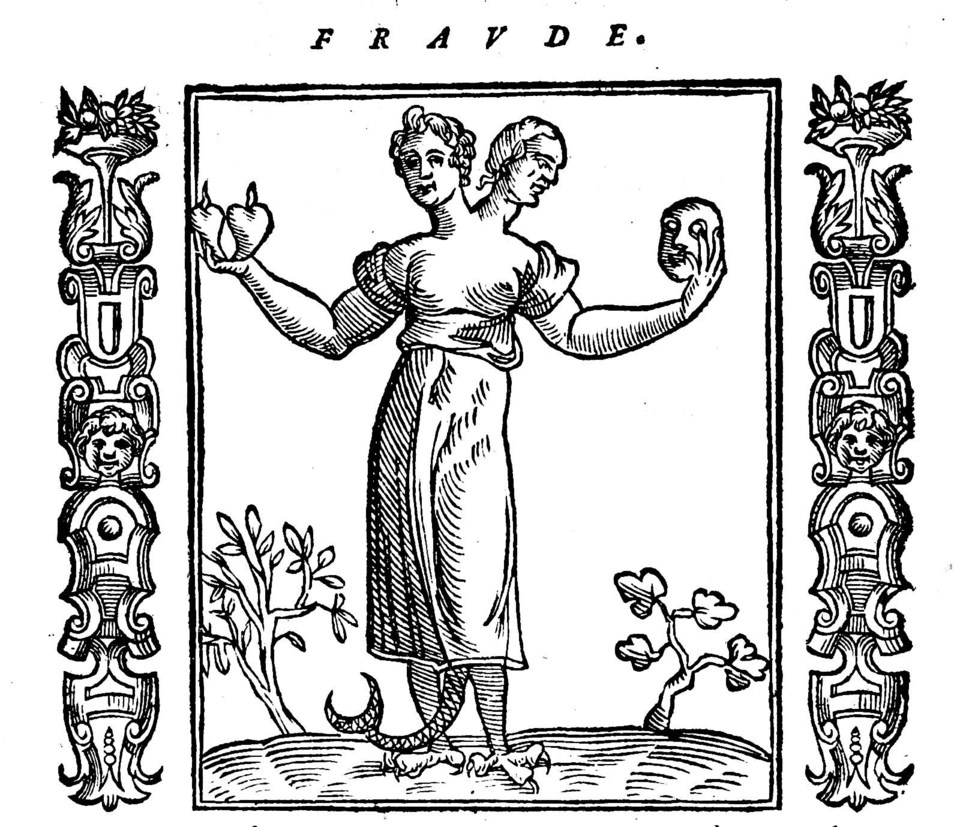Have you noticed that we now hear and read about fraud on a daily basis? Fraud follows us around. Fraud never tires. Whenever fraud smells an opportunity, it’s up and ready to go. Fraud is a master at adapting to any circumstance.
It wouldn’t surprise me, given the current state of politics and the seemingly unstoppable advance of technology, if there were soon to be a case of fraud more outrageous than the confidence scam of Oscar Hartzell, known as America’s greatest fraud. Hartzell was born in Illinois in 1876. By the time he was in his forties, he had duped tens of thousands of Americans into investing in the (non-existent) estate of Sir Francis Drake, a famous English explorer of the Elizabethan period. Hartzell’s career as a scammer started in 1916. After his mother had been conned out of $6,000, Hartzell teamed up with the fraudsters, who’d taken pity on him because their scam had left him bankrupt. Not much later Hartzell managed to turn the tables on them to become the one in charge of the whole grand scheme. The Drake swindle continued until the 1930s when Hartzell was arrested, found guilty and sent to Leavenworth Penitentiary in Kansas. He died in 1943, believing he was Sir Francis Drake.
Although fraud has been around for many millennia, the earliest recorded incident dates back to a mere 2,300 years ago. It involved a Greek sea merchant, Hegestratos, who was transporting corn by ship. Hegestratos took out a large insurance policy known as Bottomry. This required him to repay the loan plus interest once his shipment was delivered. If he failed to do so, the lender could repossess the ship and its cargo. Hegestratos’s plan was to unload, then sink his ship, sell the corn and keep the loan. Unfortunately for him, some of his crew snitched on him and he drowned while trying to flee.
Even if fraud was always present, it took a while for the word to enter the English language. This happened in the 14th century, during the Middle English period. The word comes from the Latin word fraudem, meaning cheating or deceit. In ancient Rome, an act of fraud was deemed the crime of falsum, which originally referred to the counterfeiting of coins or wills.
Some 400 years ago, when Italian artists wanted to represent the personification of Fraud, they could consult emblem books to learn about the attributes and distinguishing features that would allow viewers to identify the figure. By the 17th century, the most widely used emblem book was Cesare Ripa’s Iconologia, which went through many editions. Ripa (1555 to 1622), who was employed as a cook and butler to Cardinal Antonio Maria Salviati, described Fraud as a woman with two faces, one young and beautiful, the other old and ugly. Her dress is coloured yellow. In her right hand, she holds two hearts, in her left a mask. She has the feet of an eagle and a scorpion’s tail. Fraud is often accompanied by other vices and virtues (as can be seen in the Calumny of Apelles by the Florentine Renaissance painter Botticelli), and sometimes she’s depicted being revealed by the personification of Time, an illustration of the ancient saying, Time is the father of Truth.
Now, let’s say an artist of today – we’ll call him Leonard of Richmond – wants to depict the personification of Fraud. Leonard follows Ripa’s description but takes the liberty of making a couple of changes. Instead of representing Fraud as female, Leonard represents Fraud as male. Like Ripa’s Fraud, also this 21st century one has two heads. Leonard paints the head on our left with the face of Musk – young and handsome – and the other with the face of Trump – old and ugly. Oh dear, that’s so irreverent.
Sabine Eiche is a local writer and art historian with a PhD from Princeton University. Her passions are writing for children and protecting nature. Her columns deal with a broad range of topics and often include etymology in order to shed extra light on the subject.
📣 Got an opinion on this story or any others in Richmond? Send us a letter or email your thoughts or story tips to [email protected].
📲 To stay updated on Richmond news, sign up for our daily headline newsletter.
💬 Words missing in article? Your adblocker might be preventing hyperlinked text from appearing.



